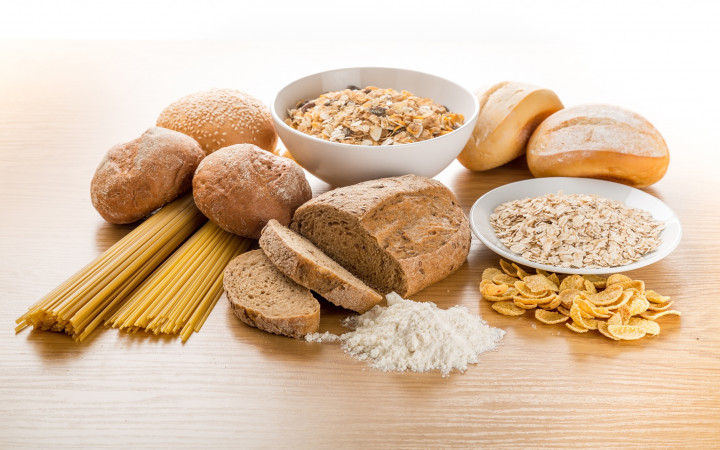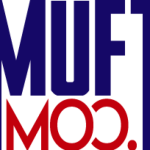
Gluten is a term that encompasses a group of proteins called prolamins and glutelins, which are present in grains such as wheat, barley, and rye. These proteins contribute to the elastic and chewy texture of baked goods like bread. Apart from occurring naturally in various grains and bread products, gluten is also added to a wide range of foods and beverages, including ketchup, ice cream, and soy sauce.
While most individuals consume gluten without any issues, it can trigger symptoms and health problems in individuals with certain medical conditions or those who are sensitive to gluten.
Here is a comprehensive list of foods that contain gluten and should be avoided by individuals following a gluten-free diet:
Gluten-containing grains:
Wheat
Rye
Triticale
Farina
Spelt
Kamut
Wheat berries
Barley
Faro
Couscous
It is important to note that oats, although naturally gluten-free, can easily become contaminated with gluten during processing. Therefore, individuals who need to avoid gluten should opt for certified gluten-free oats.
Baked goods made with gluten-containing grains:
White bread
Sourdough bread
Rye bread
Whole-wheat bread
Wheat-based crackers
Flour tortillas
Flatbreads
Pancakes and waffles
Pastries, cookies, and cakes
Pasta
Noodles like ramen, udon, or soba
Spaghetti
Dumplings
Ravioli
Gnocchi
Snack foods and sweets:
Pretzels
Flour-based tortilla chips
Cheese crackers
Certain candies and candy bars
Some ice creams
Some cereal, energy, and granola bars
Some condiments:
Soy sauce
Some salad dressings and ketchups
Marinades made with flour
Barbecue sauce
Cream sauces
Gravy mixes
Malt vinegar
Certain drinks:
Beer
Malt beverages
Bottled wine coolers
Some chocolate milk products
Other foods and ingredients:
Bread crumbs and croutons
Brewer’s yeast
Cream-based soups and soup mixes
Brown rice syrup made with barley
Meat substitutes like seitan
It is worth noting that many foods are naturally free from gluten and can be safely consumed by individuals following a gluten-free diet. Examples include fruits, vegetables, eggs, and legumes. When shopping for gluten-free breads, pastas, and snack foods, it is advisable to look for products that carry a certified gluten-free label. Such products must contain less than 20 parts per million of gluten, which is considered a safe level for individuals with conditions like celiac disease.
Gluten itself is not inherently bad or unhealthy, and the majority of people do not need to avoid it. However, individuals with specific conditions like celiac disease, non-celiac gluten sensitivity (NCGS), and certain autoimmune diseases may experience health issues when consuming gluten.
Some experts suggest that even individuals without gluten-related medical conditions should consider avoiding gluten. This is because certain wheat proteins called prolamins can be difficult for the body to break down completely, leading to the formation of larger chains of amino acids called peptides. These peptides can have negative effects on the gut and immune system and have been associated with non-celiac autoimmune diseases.
